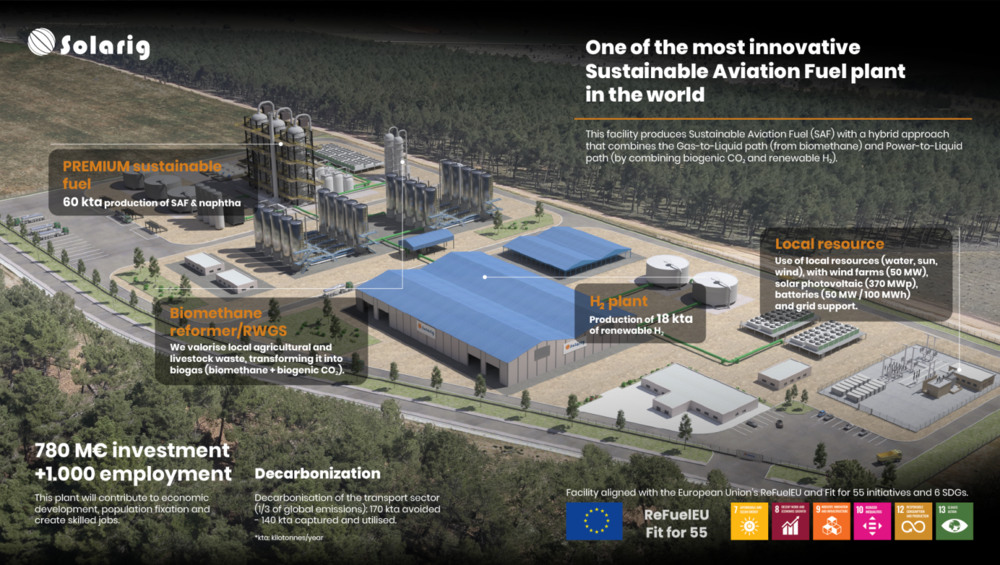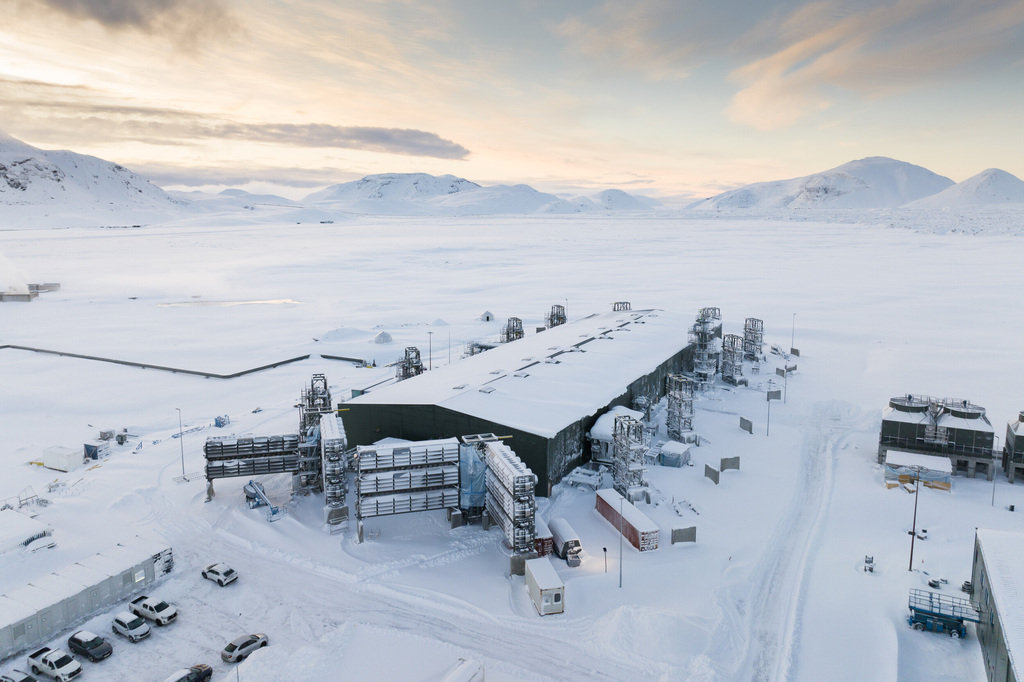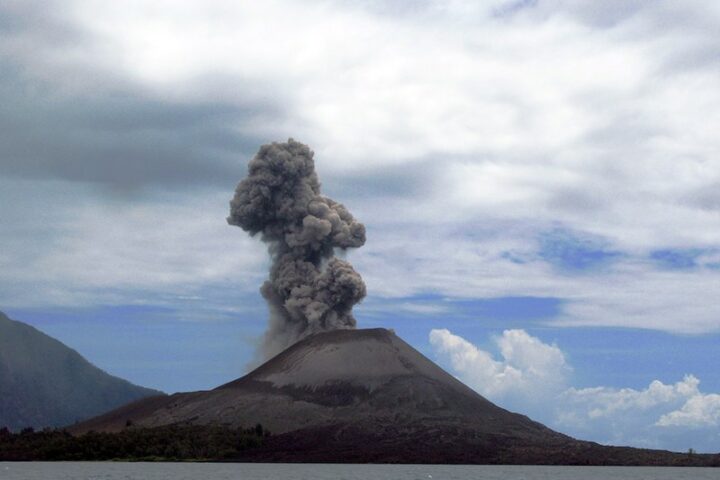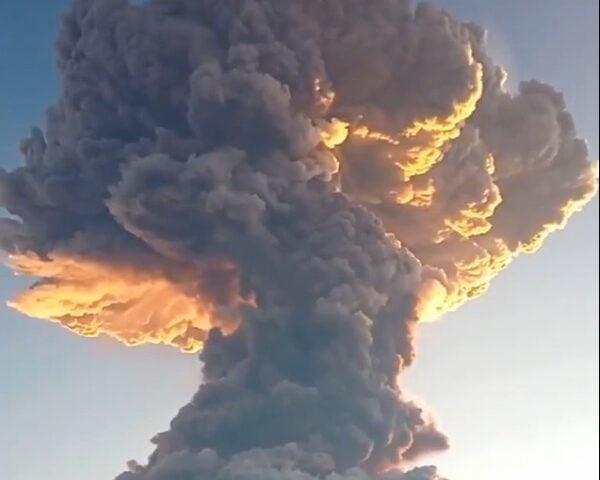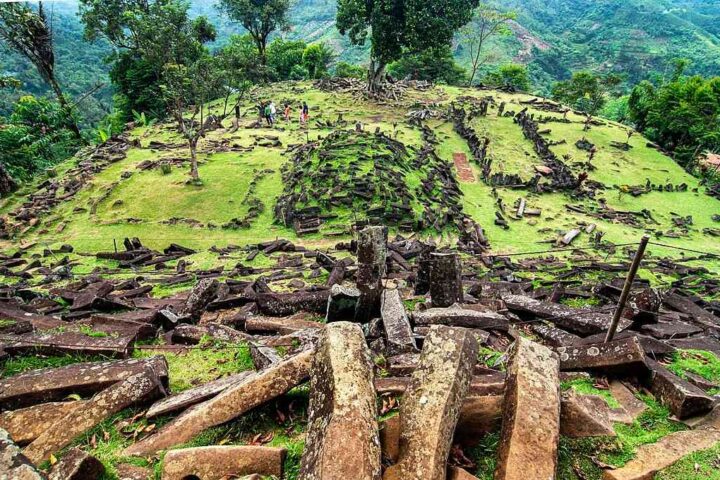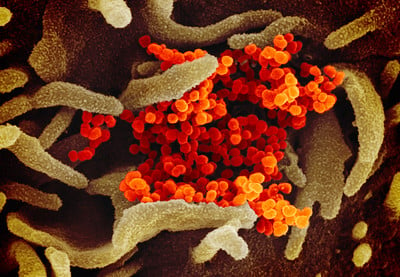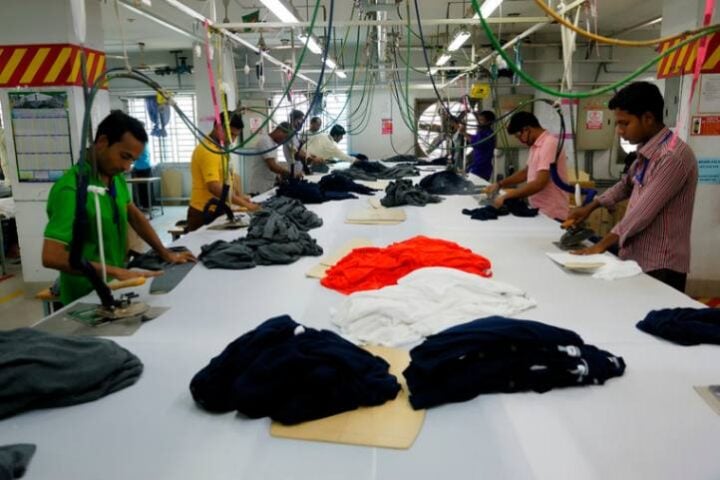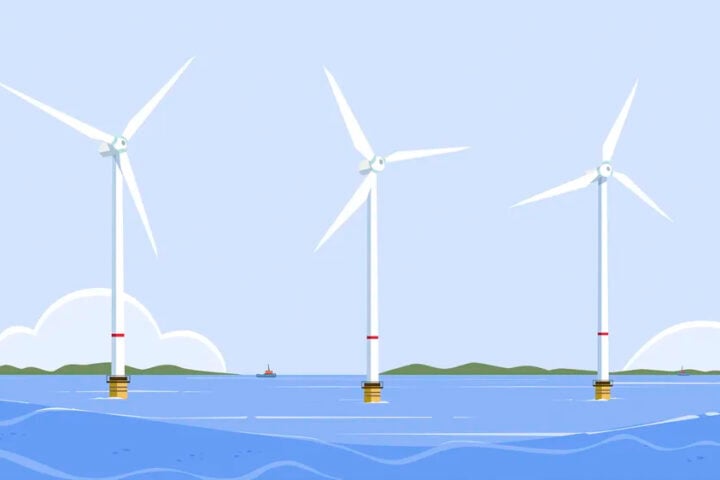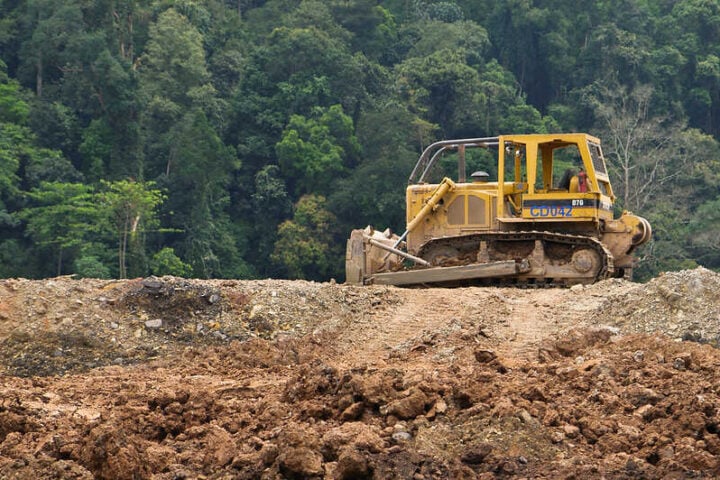Harmful PFAS (Per- and polyfluoroalkyl substances), encompassing around 4,700 types of organic fluorine compounds, have been detected in rivers and wells across the country, with PFOS (Perfluorooctanesulfonic acid) and PFOA (Perfluorooctanoic acid) being the most notable. These substances, used in non-stick cookware and firefighting foam, are resistant to water, oil, and heat, and are virtually indestructible in nature.
Once absorbed into the human body, they remain for a long time, earning them the nickname “forever chemicals.” Their manufacture and use are now largely banned. In the Tama region and other areas, groundwater has been found to contain levels of the chemical substance “PFAS” (Per- and polyfluoroalkyl substances) that exceed the national provisional targets. Major sources of pollution include factories and U.S. military bases that used firefighting foam. In Okinawa Prefecture, where bases are concentrated, the impact is severe. Since 2016, PFAS levels exceeding the government’s provisional targets have been detected in areas surrounding the bases.
High levels have been found in rivers in the central part of the main island, home to Futenma Air Station and Kadena Air Base, leading to near-complete cessation of water intake in 2022. However, with reduced dam water levels causing drought this year, water intake resumed. The prefecture claims there is no health impact, employing methods like activated carbon adsorption, but residents question the safety.
The Tokyo Metropolitan Government disclosed on July 4 that it had been informed by the national government that firefighting foam containing PFAS had leaked on three occasions within the Yokota Air Base, operated by the U.S. military. This report compiles the status of investigations on PFAS, as well as residents’ opinions and experts’ perspectives.
Similar Posts
“PFAS,” a collective term for organic fluorine compounds, includes “PFOS” and “PFOA,” whose harmful effects have been identified in American studies, prompting the national government to establish provisional water quality targets.
In Tokyo’s survey of groundwater across all areas, including the 23 wards and Tama region, levels exceeding the national provisional targets have been detected in 17 municipalities, including Shibuya, Nerima, Bunkyo, Ota, Tachikawa, Chofu, and Fuchu.
Regarding PFAS, the Tokyo Metropolitan Government announced on July 5, following a July 4 briefing from the North Kanto Defense Bureau, that it had confirmed three instances of leaks of PFAS-containing firefighting foam within the Yokota Air Base.
The leaks occurred in January 2010 inside a hangar, and from a drum in October 2012 and a stored container in November 2012, with the U.S. military stating that they are not aware of any leakage outside the base.
Yumiko Ide, a resident of Tachikawa City in Tokyo, had a blood test in January revealing PFAS levels exceeding the national average. For over 50 years, Ide lived in Tachikawa City and used to drink well water directly. She expressed anger upon learning that PFAS had leaked within the Yokota Air Base over a decade ago.
Koji Harada, Associate Professor at Kyoto University, who has researched PFAS nationally for over 20 years, noted the significance of the government’s acknowledgment of the leak within the Yokota Base, emphasizing the need for the government to recognize this as a problem and take early measures to understand and mitigate its spread.
Harada advocates for continued dialogue with the U.S. military, extracting information, and requesting access for inspections.
Over the past eight years, Okinawa has spent about 3.2 billion yen on PFAS countermeasures, with 1 billion yen subsidized by the Ministry of Defense. The prefecture anticipates costs exceeding 8 billion yen over the next decade. Governor Denny Tamaki argues that the country should bear the costs of PFAS pollution from the bases.
The Tokyo government has urged the national government to conduct groundwater impact studies and inform citizens, expressing concern for the well-being of many Tokyo residents. However, efforts to conduct on-site investigations within the bases to identify the pollution sources have not been fully met by the U.S. side.
Governor Koike emphasized the need for detailed information on when and how the leak occurred and stated that a formal request has been made to the national government for an investigation.
The Tokyo Metropolitan Government has set up a telephone consultation service for residents concerning PFAS.

